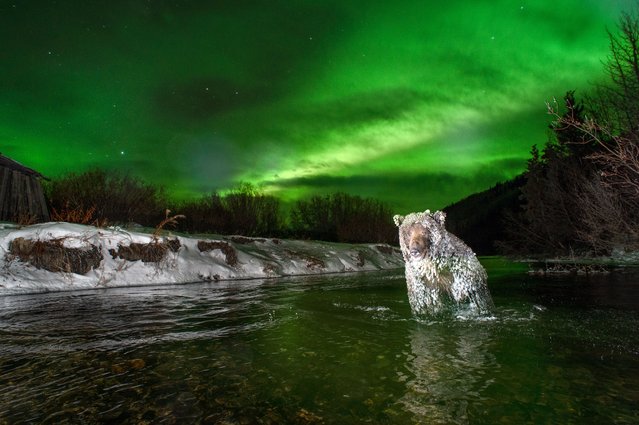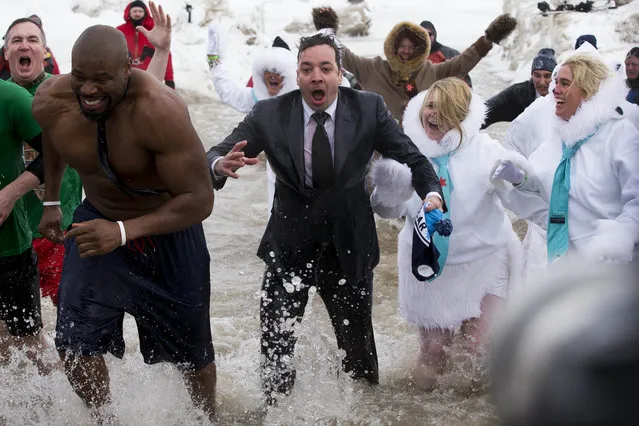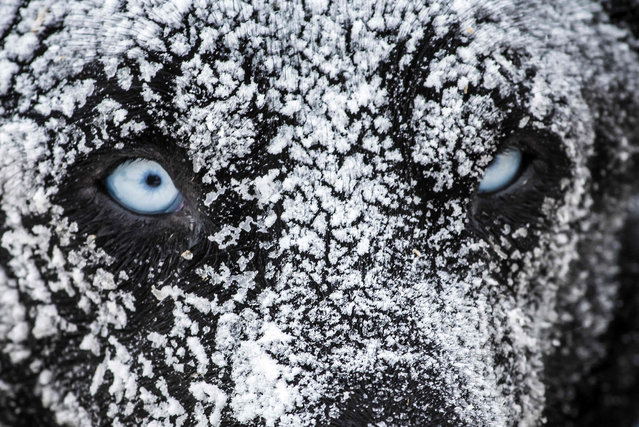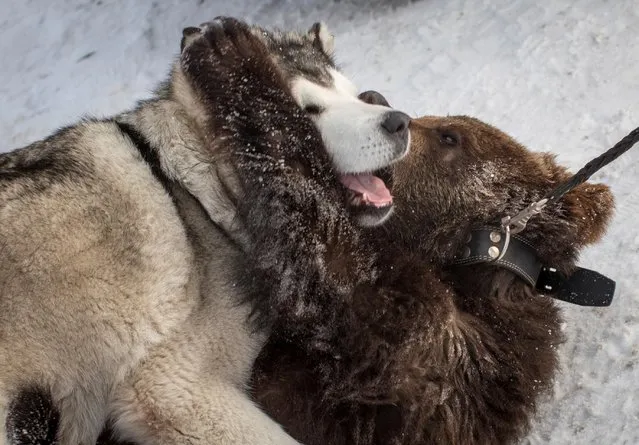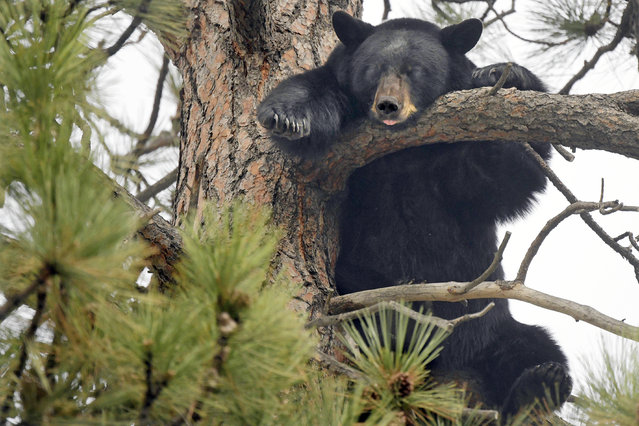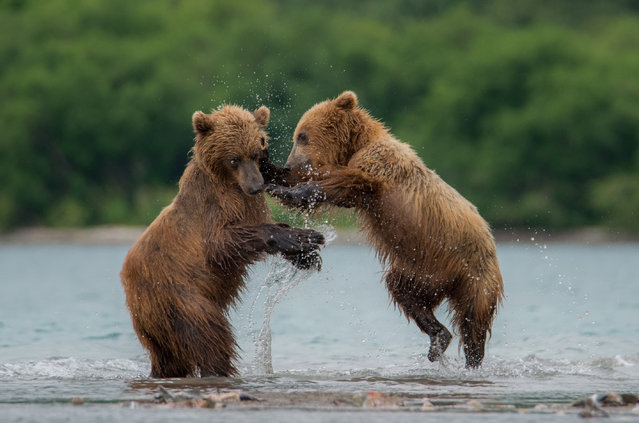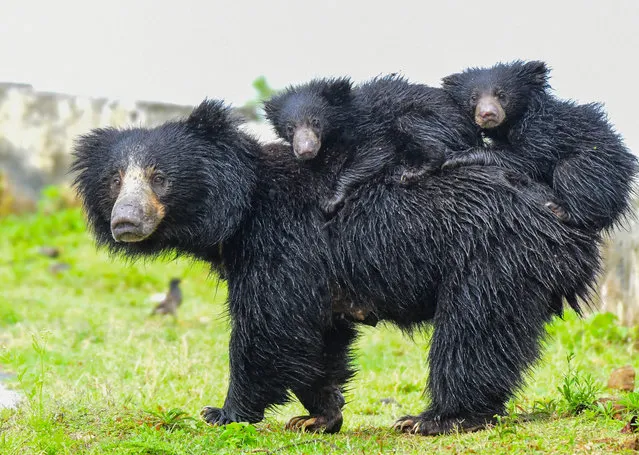
A mother bear acting as a taxi for her cubs and they jump on for a piggyback. Two sloth bear cubs fighting for the best place on mum's back as she carries them across Coonoor, India in July 2022. (Photo by Ranganathan Vasudevan/Media Drum Images)
24 Jul 2022 09:43:00,post received
0 comments

